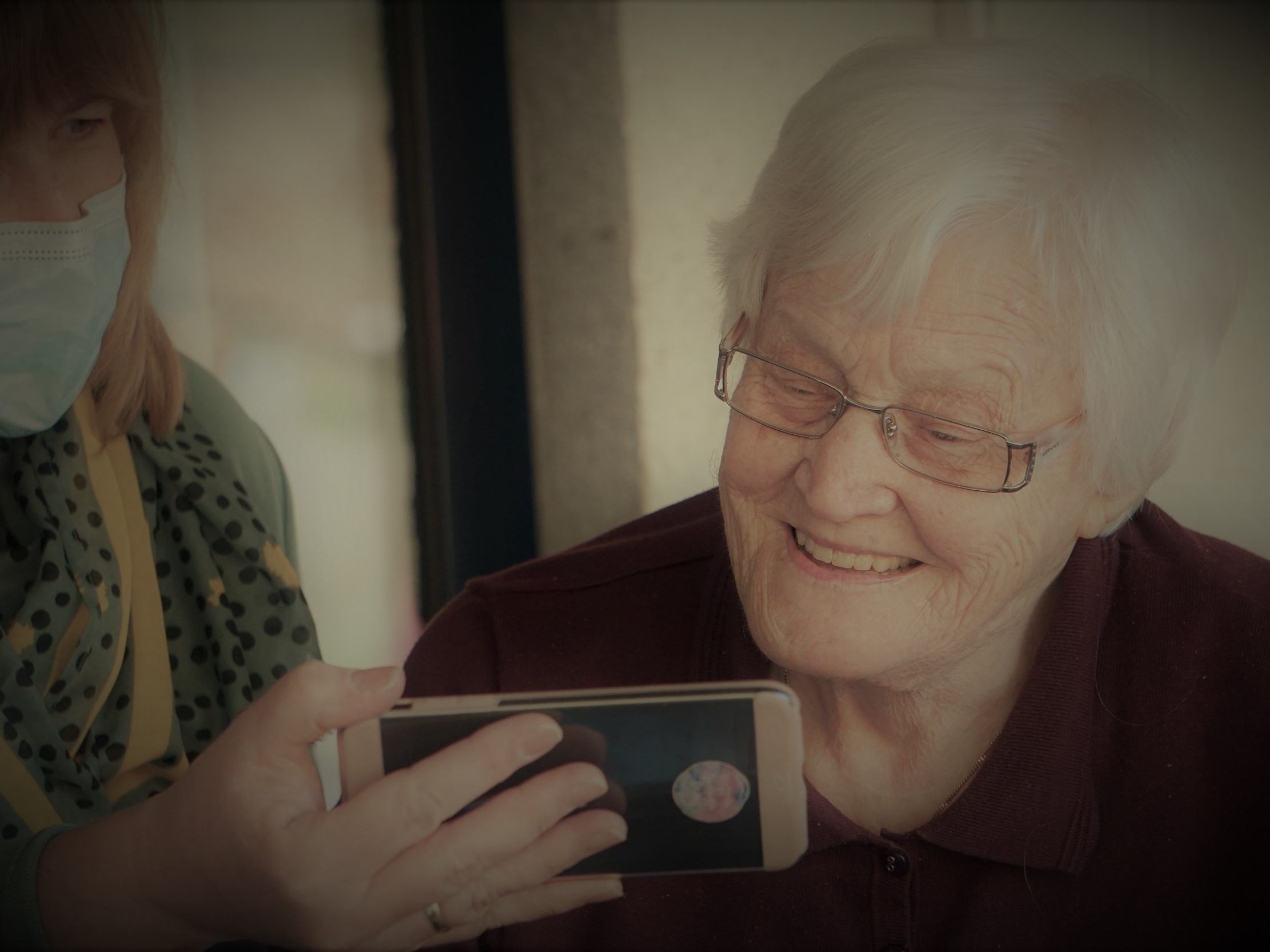How to better take care of our growing elderly population?
M-Sec’s Use Case 2 This Use Case consists of a home monitoring IoT secured platform, called Senior Care, for ageing people to be monitored through the deployment of a series of home sensors (bed occupancy sensor, door/window opening, movement sensor, etc.). Thanks to our customer centric approach and the security and reliability provided by the infrastructure of M-Sec, a teleassistance company can detect emergency situations based on a series of previously configured rules and alerts, and provide immediate response, guaranteeing the security and privacy of the data collected. Security and integrity of the data collected continues to be a big concern in these types of solutions for its applicability and scalability. The home sensors deployed continuously collect personal information that a malicious actor can use to track down and commit inappropriate actions. This Use Case tries to mitigate all the potential vulnerabilities presented in the whole IoT ecosystem to guarantee security and privacy of all the data collected and processed. How is it expected to improve people’s lives? Without guarantees that the home sensors are accurately exchanging the data and information in a secure way through the whole system, from device level to network and application level, users are reluctant to adopt these kind of solutions. Thanks to M-Sec, only authenticated and authorized people can access the data collected. Furthermore, all data is encrypted and a hash is generated and stored in the blockchain for data tamper proof, allowing at any moment to verify if the data has been modified since any attempt to manipulate the data would change the resulting hash. Use Case 2 is being tested (as a first phase of the pilot) in Santander, with the support of the Santander City Council as a partner of the consortium and the experience of Atenzia, with more than 25 years providing prevention services and care for the elderly. The pilot has been running since October 2020 and it is expected to be running at least until February 2021. This will ensure that the M-Sec secured components integrated into the Senior Care platform are working as expected and all the feedback from users and metrics evaluation are taken into account for the second pilot phase. The second phase of the pilot is planned to start in May/June 2021 for a length of three months. Replicabilities options are very wide for this use case. Teleassistance companies are moving from an analogic system to a digital one taking advantage of the opportunities offered by the interconnected objects. One of the main challenges in the implementation and testing of Senior Care using the innovative M-Sec secure components developed within the frame of the project is related with the fact that the solution itself could not work properly and data therefore could not be reported correctly, which could lead to lose the confidence and trust from end users. The way to overcome this potential challenge has been to set a protocol along with the teleassistance company testing the solution to contact users on a daily base in order to verify their wellness as well as all the reliability of the alarms generated. Next developments We follow an iterative approach for testing the solution and detecting any vulnerability in the system. Additionally, through surveys sent and workshops conducted, we collect users’ requirements and recommendations. Following this approach, it allows us to upgrade the solution with new or complementary functionalities covering functional and non-functional requirements.



